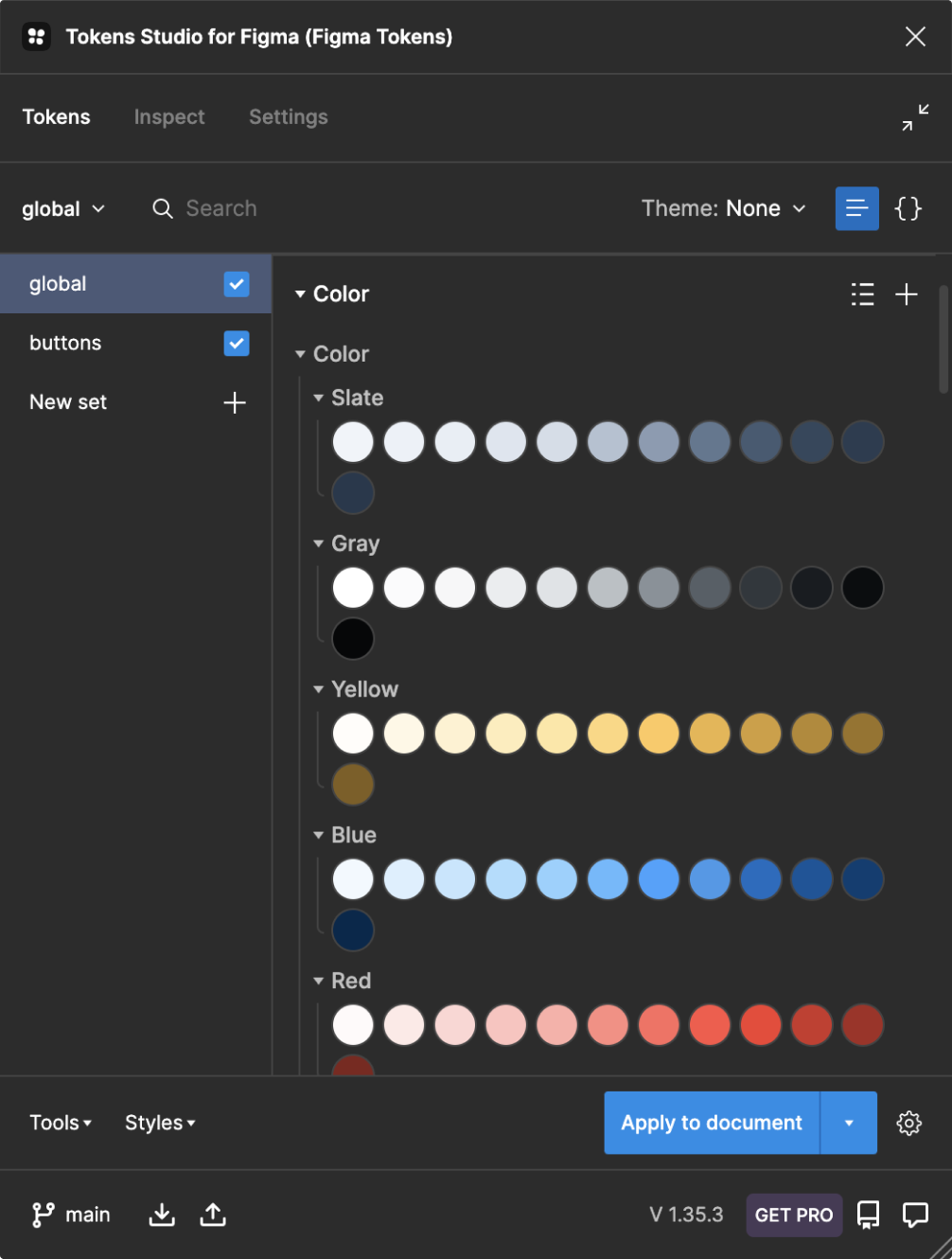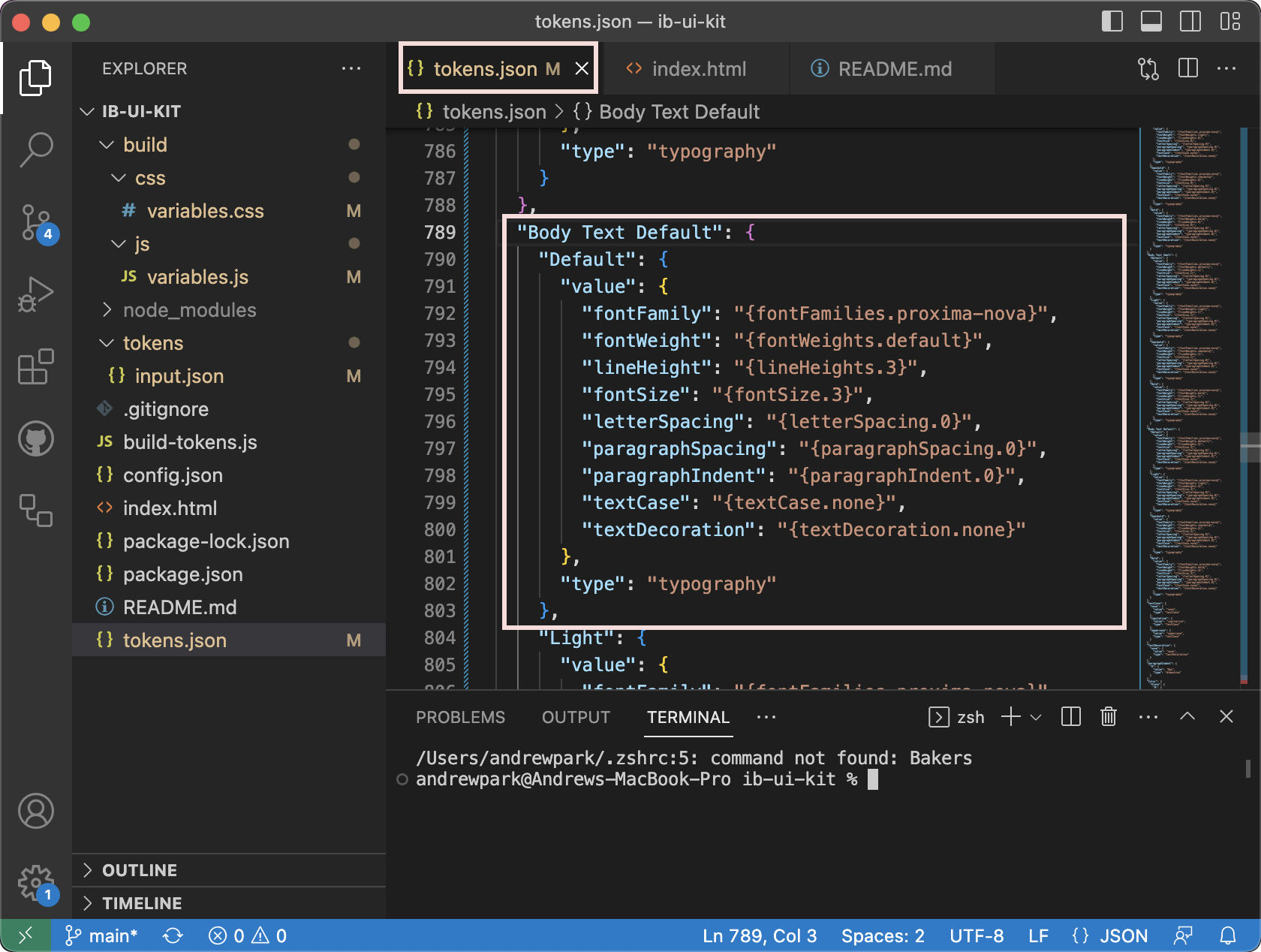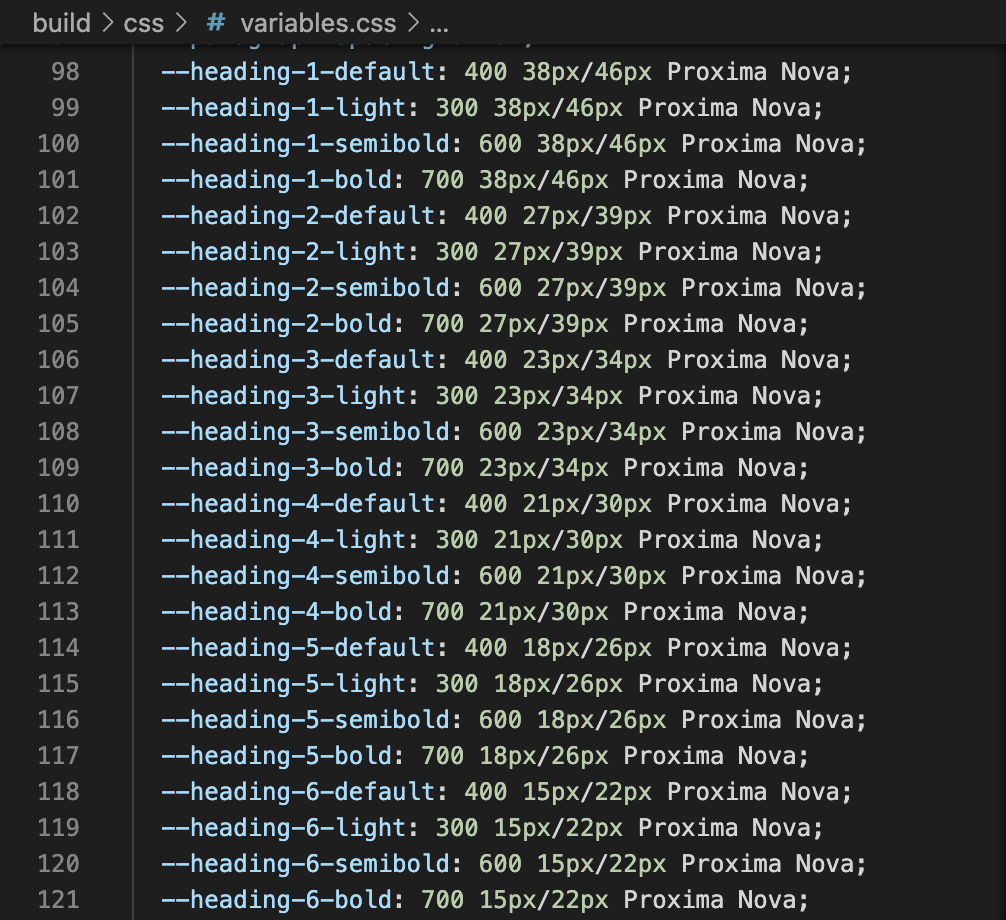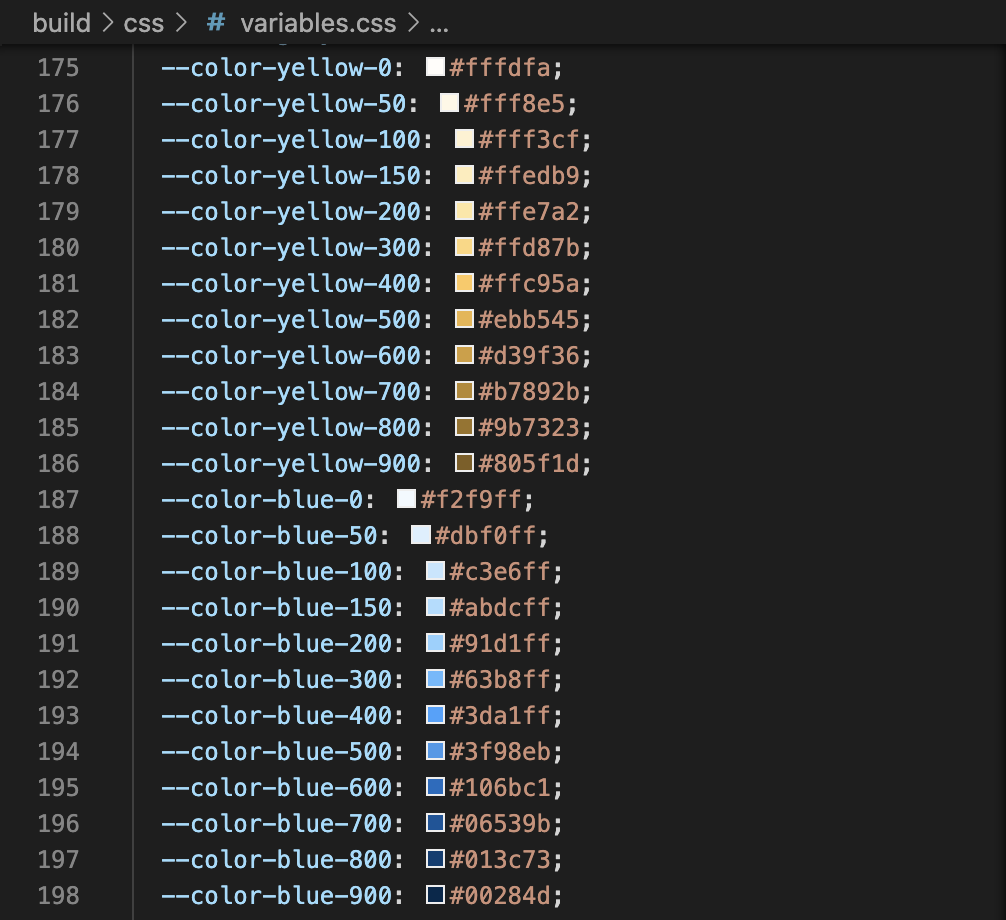In October 2025, the Beelers passed the torch to Dr. Jonathan Baik, PT, DPT, a Board-Certified Clinical Specialist in Pediatric Physical Therapy who has served at SCPPT for over a decade. Under Jonathan’s leadership, the clinic continues its proud legacy while modernizing systems, expanding services, and enhancing the family experience. Jonathan and his wife, Ashley, are honored to serve the SCPPT community and committed to upholding SCPPT’s reputation for warmth, integrity, and professional excellence.









